Should environmental isolates be used in pharmaceutical microbiology?
Posted: 28 April 2022 | Hannah Balfour (European Pharmaceutical Review) | 2 comments
Are environmental isolates truly beneficial in qualifying microbiological methods? Here EPR summarises Tim Sandle’s recent paper on the debate.
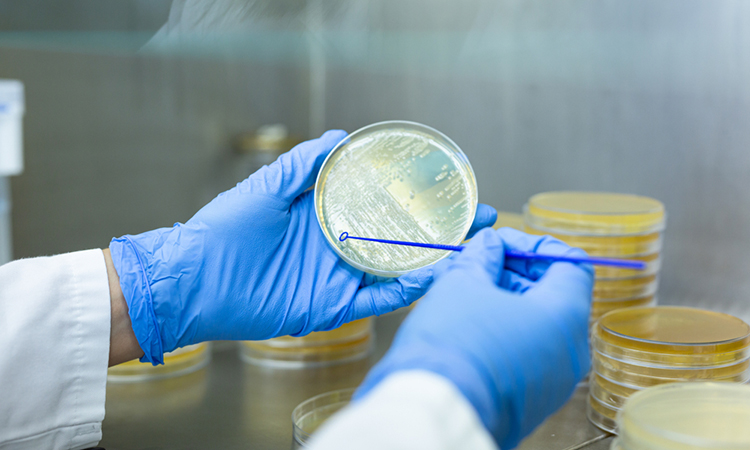

While the use of environmental isolates in the qualification of microbiological methods, for the QC and release of culture media, and to assess disinfectant efficacy has risen in popularity over the last decade, questions remain about their value.
In a recent paper, pharmaceutical microbiologist and contamination control expert Tim Sandle outlined the arguments for and against the use of isolates. Environmental isolates are cultures of microorganisms that have been recovered from the environment, eg, the manufacturing facility or laboratory.
In part the rising use of environmental isolates has been prompted by regulators, but another factor is the need to broaden the test panel of organisms used in evaluations to ensure procedures are robust and can recover a wider spectrum of organisms.
Why should environmental isolates be used?
There are inherent phenotypic variations in organisms; different species of microorganisms will not adapt the same way under the same set of environmental stressors and even within the same species, subpopulations will behave in different ways.
The notion is that because of certain stressors (eg, disinfectants, temperature, nutrients, etc), strains present in pharmaceutical facilities may be hardier or respond differently in tests to those cultured as ‘wildtypes’.
Additionally, since it is unknown which phenotypic characteristics are of importance for demonstrating microbial recovery, and these are likely to vary by species and because of adaption to different types of stressors, environmental isolates taken from a specific plant may be beneficial.
Sandle wrote: “Proponents for incorporating environmental organisms into test regimes maintain that specific stress responses and survival mechanisms shown by different organisms leads to different growth patterns.”
Isolates can also be used to extend the test panels of organisms recommended by the major pharmacopoeia and compendia to ensure they are fit for purpose in qualifying methods, such as disinfection procedures.
Arguments against use of environmental isolates
The primary issue with applying environmental isolates, and particularly replacing compendial microorganisms with them on the test panel, is reproducibility. The panels are designed to ensure reproducibility in methods between laboratories. Environmental isolates are, on the other hand, difficult to standardise and therefore their use can prevent testing being reproducible even within your organisation at different sites.
An additional argument against environmental isolates is that there are more non-culturable than culturable organisms, so recovering and successfully culturing organisms relevant to your organisation can be a challenge.
Moreover, there is no consensus on whether the ‘hardy’ traits of isolates will persist once the organism has been subcultured onto laboratory media, so the value in using specific cultures from your facility is not clear.
Overall, Sandle concludes that the microbial test panels likely need to be more representative, whether this is achieved through the use of environmental isolates or not. He adds that a particular area of research to decide the debate could be to determine whether there are differences in growth rates between environmental isolates and compendial organisms and thus whether there is value in their application. This, wrote Sandle, would need to be conducted at individual facilities and thus decided on a case-by-case basis.
The paper was published in the latest issue of European Journal of Parenteral and Pharmaceutical Sciences.



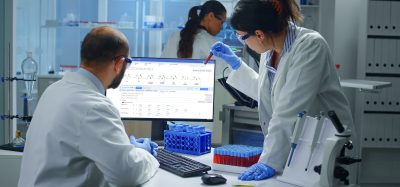
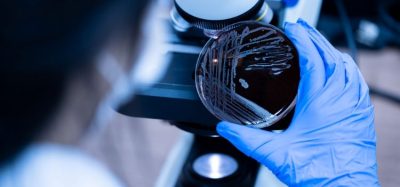
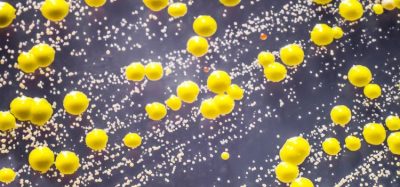

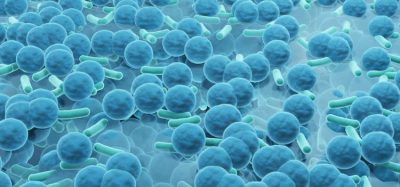


These strains isolated from environmental monitoring are very useful in the verification of sanitizers since they are the normal flora of the productive area and it is with whom we must test these sanitizers since at some point they can tell us if we have resistant strains or not.
Here, I thought Bacteria are susceptible to surrounding environmental conditions such as temperature, nutrition and their survival pattern all are different according to location, So, if we grow one type of (environmental location) microorganism on the specific type of media, then we will not sure this type organism is truly helpful in our production because kind of microorganisms has various susceptibility against the different condition. So, this is the major problem.